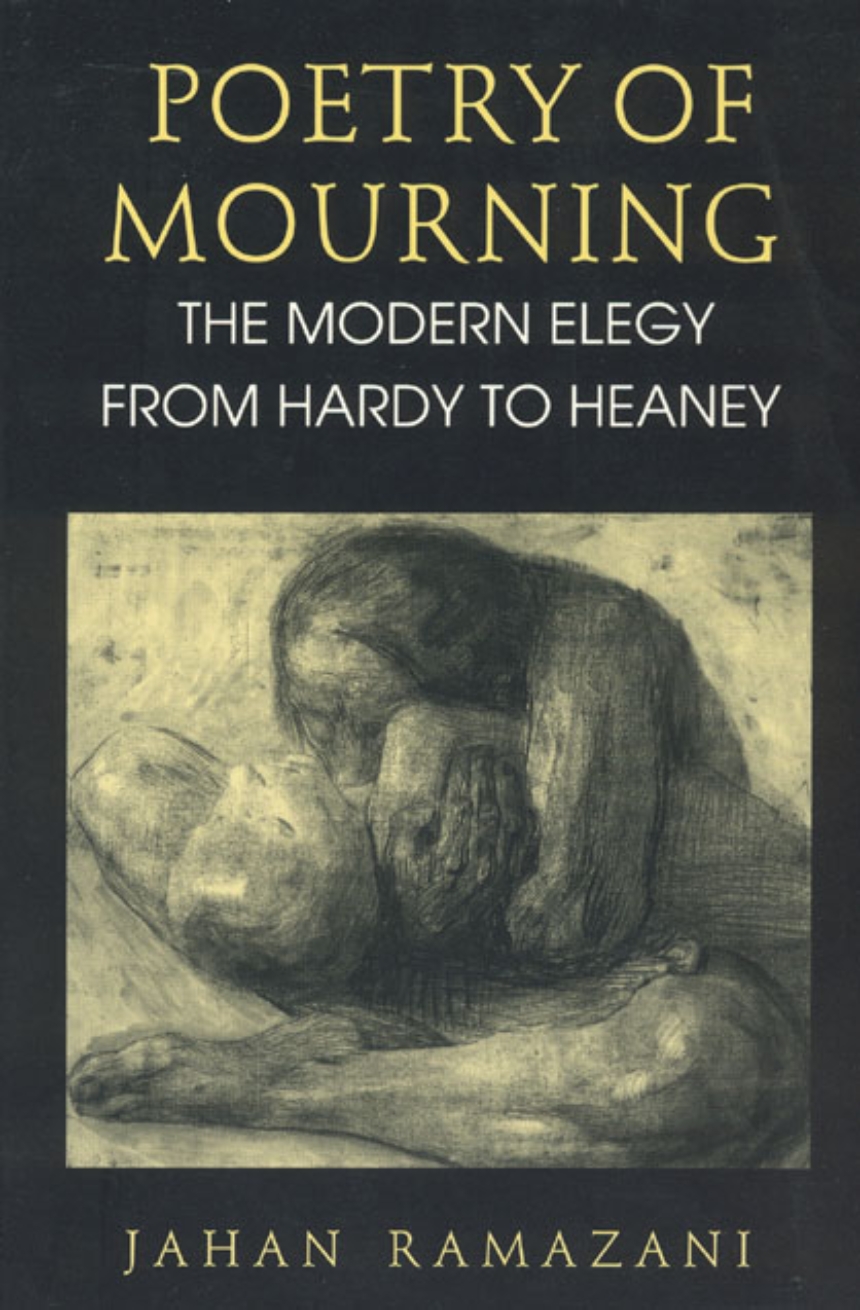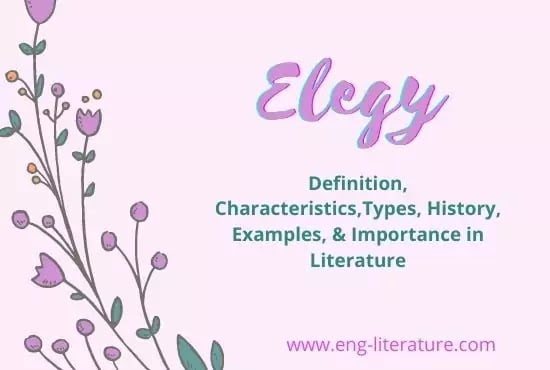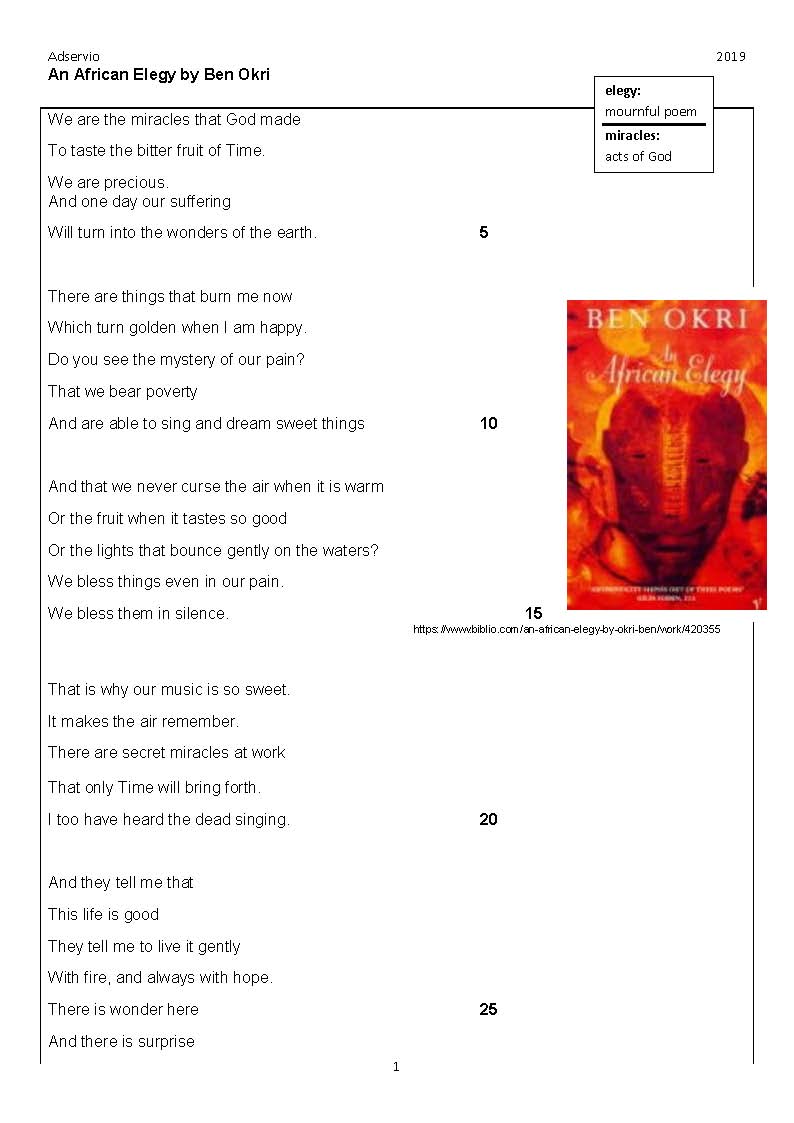The Industrial Revolution, which took place from the 18th to 19th centuries, was a period of significant economic and social change. It marked a shift from an agrarian and handicraft economy to one dominated by industry and machine manufacturing. While the Industrial Revolution brought about many positive changes, it also had negative impacts on society and the environment.
One positive aspect of the Industrial Revolution was the increase in productivity and efficiency. The use of machinery and the division of labor allowed for goods to be produced more quickly and at a lower cost. This led to an increase in the standard of living for many people, as they were able to purchase more goods and services at lower prices. The Industrial Revolution also created new job opportunities and industries, allowing people to move from rural areas to urban centers in search of work.
Another positive impact of the Industrial Revolution was the development of new transportation and communication systems. The steam engine and the railroad allowed for the rapid movement of goods and people, and the telegraph allowed for faster communication over long distances. These advancements facilitated trade and helped to integrate global markets.
However, the Industrial Revolution also had negative impacts on society and the environment. One negative aspect was the exploitation of labor, as factory owners often paid low wages and provided poor working conditions for their employees. Children and women were often employed in factories, and they often worked long hours in hazardous conditions. The Industrial Revolution also led to the rise of urbanization, as people moved from rural areas to urban centers in search of work. This led to overcrowding and poor living conditions in cities, as there was often a lack of adequate housing and sanitation.
Another negative impact of the Industrial Revolution was the pollution of the environment. The use of coal as an energy source led to air pollution, and the disposal of waste in rivers and streams led to water pollution. The Industrial Revolution also had a negative impact on agriculture, as the demand for factory goods led to the enclosure of land, resulting in the displacement of small farmers.
In conclusion, the Industrial Revolution brought about many positive changes, such as increased productivity and efficiency, the development of new transportation and communication systems, and the creation of new job opportunities and industries. However, it also had negative impacts on society and the environment, including the exploitation of labor, overcrowding and poor living conditions in cities, and pollution of the environment.
Elegy: Definition, Characteristics and Examples

Can Honour's voice provoke the silent dust, Or Flattery soothe the dull cold ear of Death? Impersonal Elegy Walt Whitman, author of O Captain, My Captain and other notable elegies. Multiple translations exist in several languages, notably Italian. In reality, he is sitting in his car, anxious about meeting Consuela's family. American Elegy: The Poetry of Mourning from the Puritans to Whitman. An elegy and a eulogy are so similarly spelled and used that they can easily be misunderstood, but their differences are fairly easy to identify. This form was mainly used in ancient Greece. What Is an Example of an Elegy? An elegy is a reflective poem that laments the loss of someone or something.
The Elegy — Thomas Gray

For them no more the blazing hearth shall burn, Or busy housewife ply her evening care: No children run to lisp their sire's return, Or climb his knees the envied kiss to share. The tone of the book is conversational and it involves dialogue with the absent person. An elegy, by its very nature, is allowed to be a little selfish. Modern Elegy As with most forms of poetry, the structure defined by the elegy has changed over time. Srilata Krishnan and Fióna Bolger, Yoda Publishing, 2017. You may also consider writing an epitaph for the deceased.
Elegy (film)

As with writing a eulogy, the connection between the living and the deceased is the most important element of writing a modern elegy. Regardless, the term has persisted and has been used on and off throughout history. Auden in 1939, by Carl Van Vechten, via. As he will feel regret for the past or desire for the future, so sorrow and love became the principal themes of the elegy. These are the themes of the book, which I will allude to a bit later on in this short essay. Whereas a eulogy is meant for a funeral and an epitaph is meant for a gravestone, an elegy is simply written to express a feeling. Modern Example of an Elegy And as the flames climbed high into the night To light the sacrificial rite I saw Satan laughing with delight The day the music died He was singin' bye-bye, Miss American Pie Drove my Chevy to the levee, but the levee was dry Them good old boys were drinkin' whiskey and rye And singin' 'This'll be the day that I die This'll be the day that I die Don McLean's 1971 song 'American Pie,' about the death of Buddy Holly, Ritchie Valens and The Big Bopper in a 1959 plane crash, mourns the loss of three talented musicians, as well as the end of an optimistic and idealistic era in America.
Elegy: Definition and Examples by Famous Authors

Eulogy So, you might be listening to this and thinking, 'This sounds like a eulogy. Oft did the harvest to their sickle yield, Their furrow oft the stubborn glebe has broke; How jocund did they drive their team afield! On its publication, in 1751, he achieved an immediate poetic immortality that did not require embellishment, even from the greatest hero of his age. In its noun form, an elegiac refers to verses that are arranged in an elegiac meter or couplet. Think about your personal preference. Her question was vital to how the poetry themes would progress or even regress within the book. Full many a gem of purest ray serene, The dark unfathomed caves of ocean bear: Full many a flower is born to blush unseen, And waste its sweetness on the desert air.







